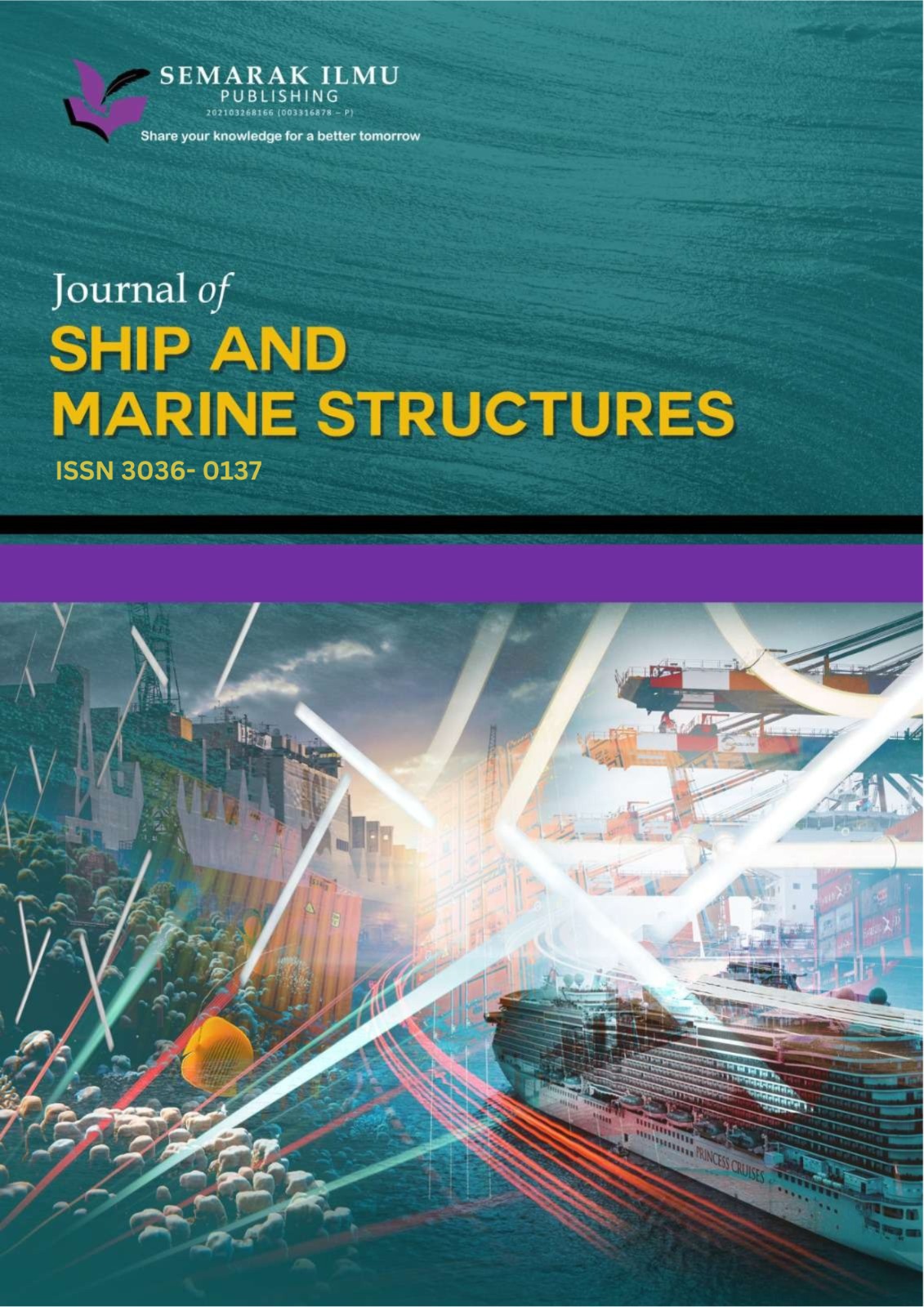Verification of Ship Resistance under Calm Water Conditions through Numerical Method
Keywords:
Frigate, added resistance, axe-bow, CFD, wave generationAbstract
The application of an axe-bow design to a Frigate represents a strategic initiative aimed at minimizing total resistance and enhancing ship operation and performance. While ship resistance prediction often prioritizes calm water conditions, this research seeks to broaden the perspective by predicting ship resistance in calm waters according to ITTC recommendations. Employing RANS equations with the k-ε turbulence model, the study comprehensively predicts and simulates ship resistance and seakeeping behavior. An improved approach employs the Volume of Fluid (VoF) method to solve free surface dynamics, categorizing water and air as distinct phases within Euler's multi-phase flow concept. The integration of Dynamic Fluid Body Interaction (DFBI) is instrumental in predicting ship motion. Through a systematic investigation involving six speeds, the study demonstrates a vigorous alignment between CFD predictions and empirical data, with an error range of 0.12%-2.96%, affirming the CFD method's efficacy in enhancing ship design and operational efficiency.










